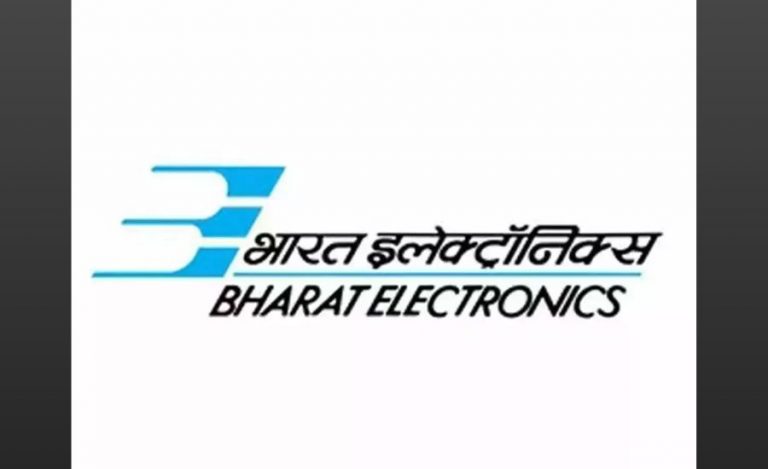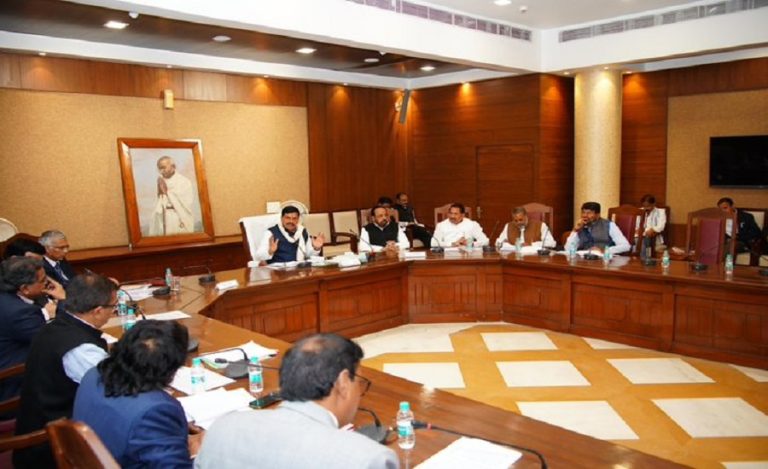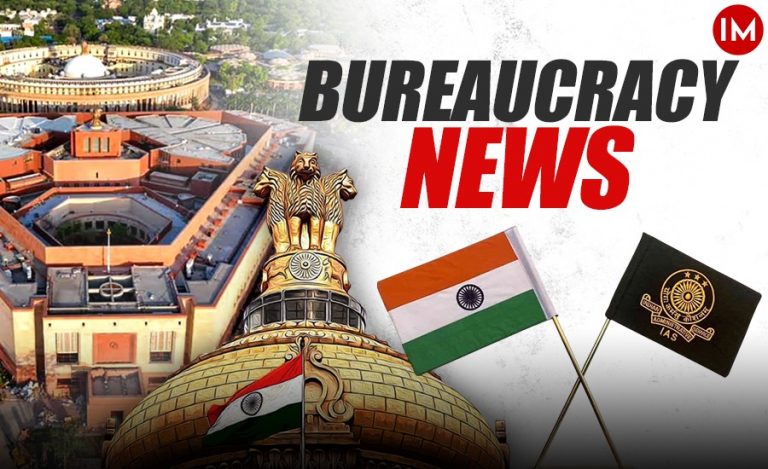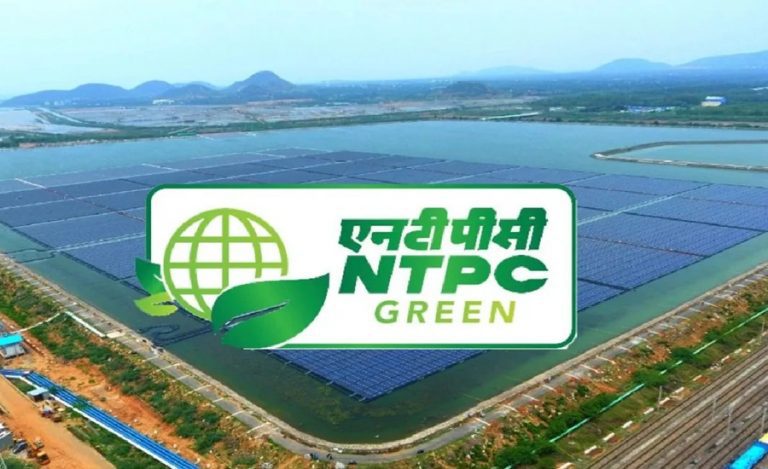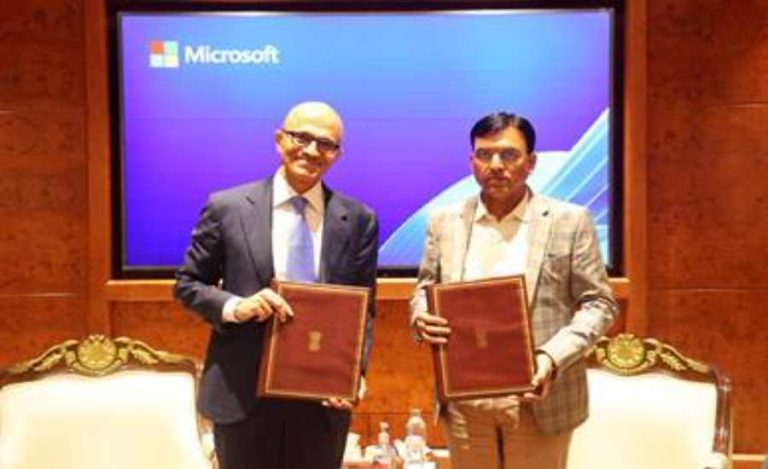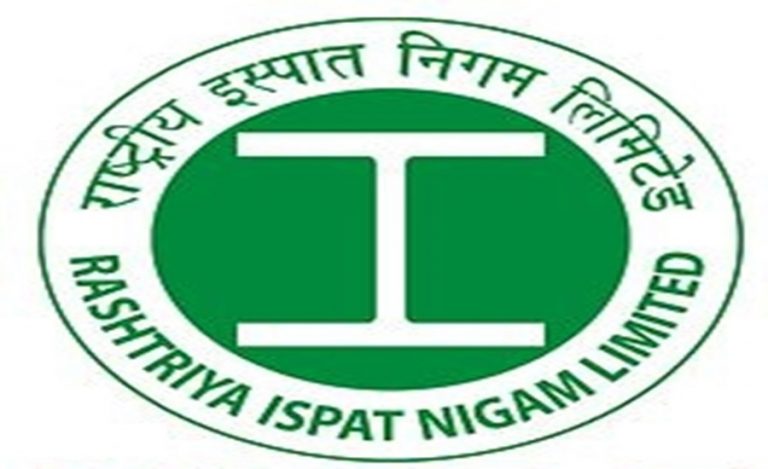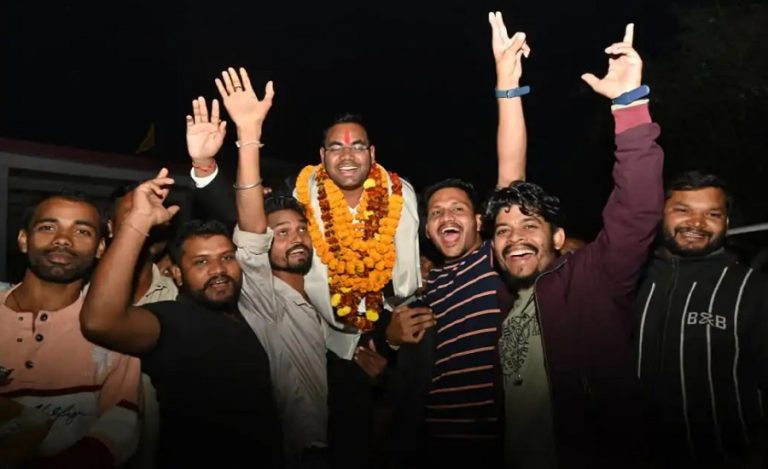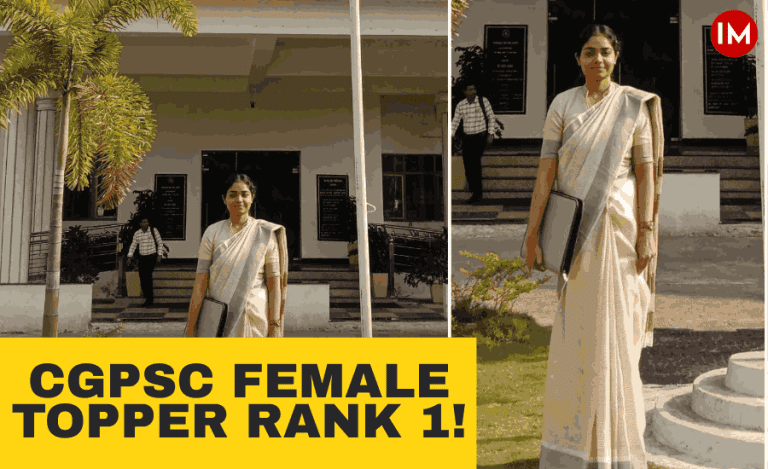Qingdao/New Delhi: During the SCO Defence Ministers’ Meeting in Qingdao, Defence Minister Mr Rajnath Singh met with Russian Defence Minister Andrey Belousov to confirm key defence milestones and future collaboration.
S‑400 Delivery: Full Fleet by 2027 Confirmed
Russia reaffirmed delivery of the remaining two S‑400 “Triumf” squadrons by 2027, completing the contract signed in 2018 for five squadrons, with three already deployed.
Each squadron comprises:
- 2 missile batteries
- 128 missiles per squadron
- Interception range: 120 km to 380 km
The system is equipped with long-range acquisition radars and mobile launchers, providing layered air defence capabilities. The current deployment includes:
- First squadron in Punjab-J&K (Dec 2021)
- Second in Sikkim (July 2022)
- Third in Rajasthan-Gujarat (Feb 2023)
- Su‑30MKI Fighter Upgrades Finalized
Both sides reviewed a roadmap to upgrade India’s Su‑30MKI fleet. The enhancement programme will introduce-
- Advanced avionics
- Modern weapons systems
- Next-generation performance modules
Over 84 aircraft are targeted under this upgrade, expected to commence from 2026. The fighter jets will be fitted with the Virupaksha AESA radar developed using GaN technology, which will significantly improve detection, tracking, and electronic warfare capabilities.
Su-30MKI Upgrade in Focus
India also pushed forward its long-standing proposal to upgrade its Su-30MKI fleet, the backbone of the Indian Air Force’s air superiority capabilities. Enhancements under discussion include-
- New AESA radars
- Advanced electronic warfare suites
- Integration of long-range air-to-air and air-to-ground missiles
Officials noted that these upgrades are essential to maintain operational edge, especially in the wake of recent aerial threat escalations.
India’s Indigenous Missile Shield: Project Kusha
The leaders also discussed India’s progress with DRDO’s Project Kusha, an indigenous long-range air defence programme designed to work alongside and eventually complement systems like the S‑400.
Project Kusha will include:
- M1 interceptor: 150 km range
- M2 interceptor: 250 km range
- M3 interceptor: 400 km range (comparable to Russia’s 40N6E)
The project timeline includes:
- Prototype development: Within 12–18 months
- User trials: Over 12–36 months
- Operational deployment: Expected by 2028–29
The DRDO chief has confirmed that Project Kusha is technologically on par with Russia’s S‑500 and will exceed the capabilities of the S‑400.
Broader Modernisation and Strategic Assurance
Beyond specific systems, the meeting also covered a broader agenda on ongoing and future defence procurements. Shri Rajnath Singh highlighted India’s imperative to rapidly modernize its military in the face of emerging threats and evolving regional dynamics.
Following the meeting, Singh stated on social media, “We had insightful deliberations on boosting India–Russia defence ties.” The interaction also reflected India’s continuing commitment to diversified defence partnerships even as it increases domestic capability through self-reliance initiatives like Project Kusha.
Why This Matters
Comprehensive Air Defence
With all five S‑400 squadrons in place by 2027, India’s air defence network will gain multi-layered coverage across sensitive zones.
Sustained Combat Power
Su‑30MKI upgrades ensure the longevity and viability of India’s largest fighter fleet, projected to serve well into the 2050s.
Push for Indigenous Technology
Project Kusha signifies a strategic leap toward India’s self-reliant missile shield ecosystem under Atmanirbhar Bharat.
Geopolitical Continuity
Despite shifting global alliances, India–Russia defence ties remain robust, ensuring continuity in critical military collaborations.
Terror Attack Condemned, Strategic Ties Reaffirmed
During the talks, Minister Belousov condemned the April 22 terrorist attack in Pahalgam, Jammu & Kashmir, calling it “horrendous and cowardly.” He expressed solidarity with India and reaffirmed Russia’s commitment to “deepening the time-tested defence partnership.”
A senior Indian official described the meeting as “substantive and forward-looking,” noting that it underscored the need for synchronised defence production, modernisation, and delivery schedules.
Project Kusha: India’s Indigenous Answer to Strategic Dependence
Project Kusha, led by the Defence Research and Development Organisation (DRDO), aims to develop the Extended Range Air Defence System (ERADS), also known as XRSAM or PGLRSAM. The program focuses on creating a transportable, long-range surface-to-air missile system capable of countering various aerial threats, including drones, aircraft, and missiles. Bharat Electronics Limited (BEL) is DRDO’s development partner, contributing to several subsystems of the project such as radars and control systems.



